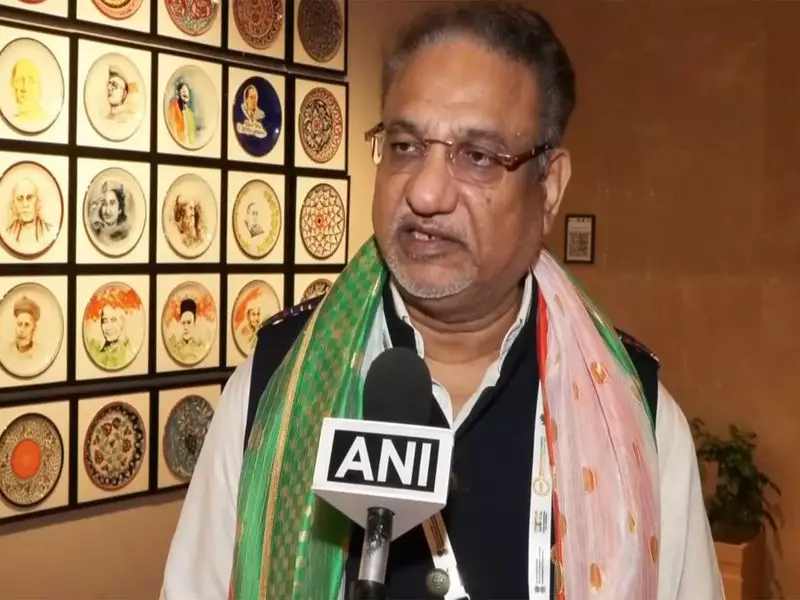
In a bold move that could reshape global food trade dynamics, India is setting its sights on capturing a commanding 60% share of the world's rice export market, according to Prem Garg, President of the Indian Rice Exporters Federation (IREF). This ambitious target represents a significant jump from the country's current 40% market share.
Strategic Expansion in Global Rice Trade
The announcement comes at a time when India has already established itself as the world's leading rice exporter, having shipped an impressive 22.5 million tonnes of rice during the 2023-24 fiscal year. Garg revealed that this export volume generated substantial revenue of approximately $12 billion for the nation.
"Our current 40% global market share is just the beginning," stated Garg during his address at the Rice Exporters Association's national convention. "We are strategically positioned to increase this to 60% by expanding our reach and diversifying our product portfolio."
Diversification and Premium Markets
The expansion strategy focuses on several key areas:
- Market Diversification: Targeting new geographical markets beyond traditional buyers
- Product Enhancement: Increasing exports of premium rice varieties including Basmati and non-Basmati categories
- Quality Focus: Emphasizing superior quality standards to compete in premium market segments
- Brand Building: Strengthening the "Indian Rice" brand identity globally
Overcoming Challenges and Building Momentum
Despite facing temporary export restrictions on specific rice varieties, India's rice export sector has demonstrated remarkable resilience. The industry's ability to maintain its leadership position while navigating these challenges underscores the strength of India's agricultural export capabilities.
The push toward 60% market share reflects India's growing confidence in its agricultural sector and its potential to become an even more dominant player in global food security. This expansion could significantly impact international rice prices and trade patterns, potentially reshaping how the world sources its staple food grains.
As India moves forward with this ambitious plan, the global agricultural community will be watching closely to see how this South Asian nation transforms the international rice trade landscape.





